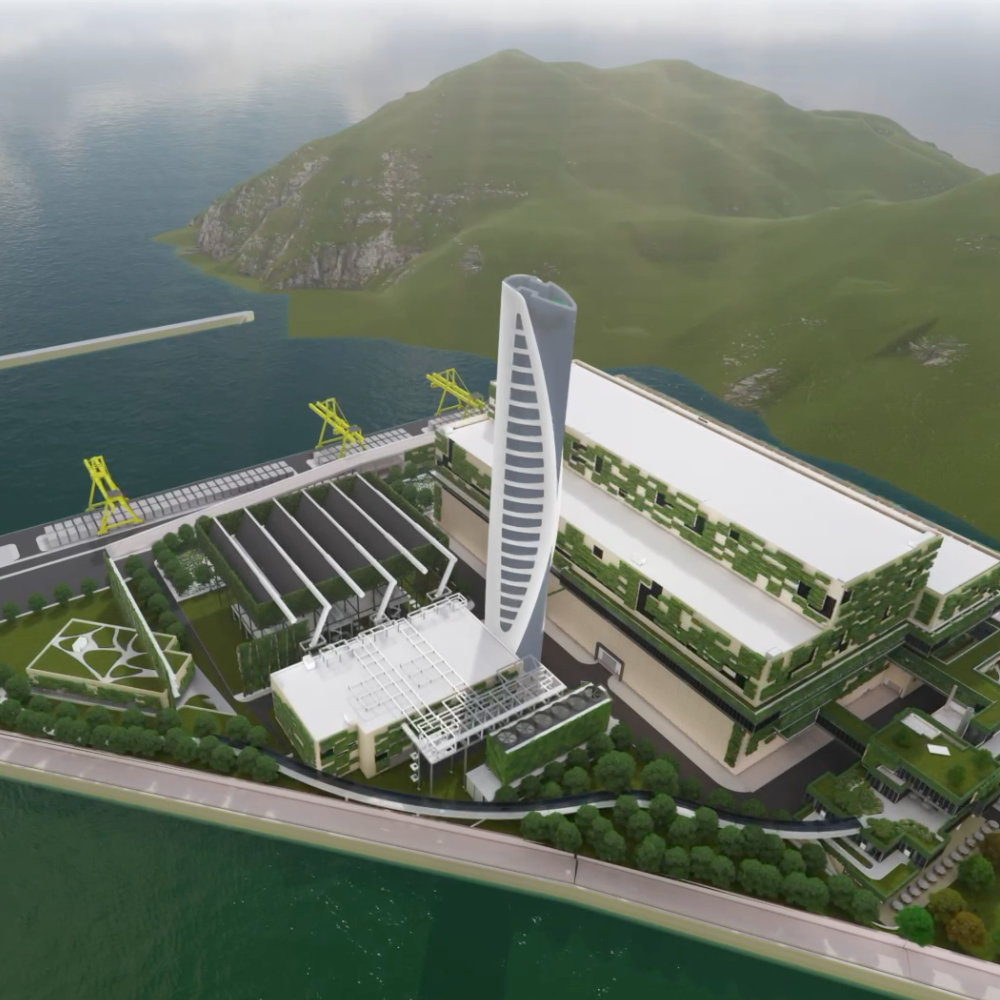Carbon Capture: A key focus for Keppel Seghers
Worldwide, four hundred million tonnes of CO2 are emitted from around two and a half thousand Waste-to-Energy (WtE) facilities. These facilities divert Municipal Solid Waste (MSW) from landfill, thereby avoiding the creation and release of methane, a much more potent greenhouse gas than CO2. MSW contains both fossil and biogenic carbon, and this is reflected in the composition of the CO2 within the flue gases emitted from the combustion process.
Carbon Capture (CC) has been identified by the Intergovernmental Panel on Climate Change (IPCC) as one of the key carbon abatement measures to both deliver net zero emissions by 2050 as laid out within the Paris Agreement and provide the opportunity for negative emissions by capturing and storing the biogenic CO2 emissions.
CC provides the opportunity to decarbonise flue gases emitted from Waste-to-Energy facilities. Employing Carbon Capture and Storage (CCS) enables the industry to be one of the few Carbon Dioxide Reduction (CDR) technologies capable of realising negative emissions by permanently storing the captured biogenic carbon fraction.
Waste-to-Energy plants will begin reporting their CO2 emissions from 2026 within the EU and the UK. It is expected or foreseen that Waste-to-Energy will fall under the Emissions Trading Schemes (ETS) in the EU and UK from 2028, respectively. The increasing carbon price will act as an incentive to decarbonise the industry. Within the EU, certain progressive member states such as Sweden and the Netherlands have already introduced a carbon price on fossil Waste-to-Energy CO2 emissions. Not only in Europe are carbon taxes applied; Singapore also has a carbon tax on Waste-to-Energy since January 2019, which will increase considerably in value in the coming years.
The Innovation Department in Keppel Seghers has examined and focused on optimising the integration of Waste-to-Energy with carbon capture technologies. This work has also led to engineering innovations in our Waste-to-Energy plant designs. Many synergies exist between Waste-to-Energy and CC technologies. Keppel Seghers has examined these synergies and has in-house know-how on optimising the integration of the two technologies with regards to key parameters such as, for example, energy provision. These innovations serve to reduce the overall cost of treatment per tonne of CO2 captured.
Proven current CC technologies typically enable ca. 95% of the CO2 present within Waste-to-Energy flue gases to be captured. The captured CO2 can then be utilised (CCU) in, for example, carbonation processes, mineralised, or in the production of sustainable fuels. Alternatively, the CO2 can be transported and sequestered permanently in depleted gas or oil fields or aquifers (CCS).
In-house process and cost modelling has also enabled optimised design of “CC ready” Waste-to-Energy plants. These innovations enable smoother retrofitting of future CC technologies, delivering both time and financial savings to our clients. Keppel Seghers can also advise on CC facility layouts and process configurations.
Keppel Seghers has carried out detailed engineering work within Feasibility and Pre-FEED Studies on full-scale CC projects with Waste-to-Energy for Viridor (ca. 1 million tonnes of CO2) within the UK and for the National Environment Agency in Singapore (over 3 million tonnes of CO2). These studies have had a focus on optimised technology integration. Keppel Seghers also has experience and can advise on the transportation and storage of the captured CO2.”
Abbreviations and explanations
-
WtE: Waste-to-Energy
-
CO2: Carbon Dioxide
-
MSW: Municipal Solid Waste
-
CC: Carbon Capture
-
IPCC: Intergovernmental Panel on Climate Change
-
CCS: Carbon Capture and Storage
-
CDR: Carbon Dioxide Reduction
-
ETS: Emissions Trading Schemes
-
CCU: Carbon Capture and Utilisation
-
FEED: Front End Engineering Design



